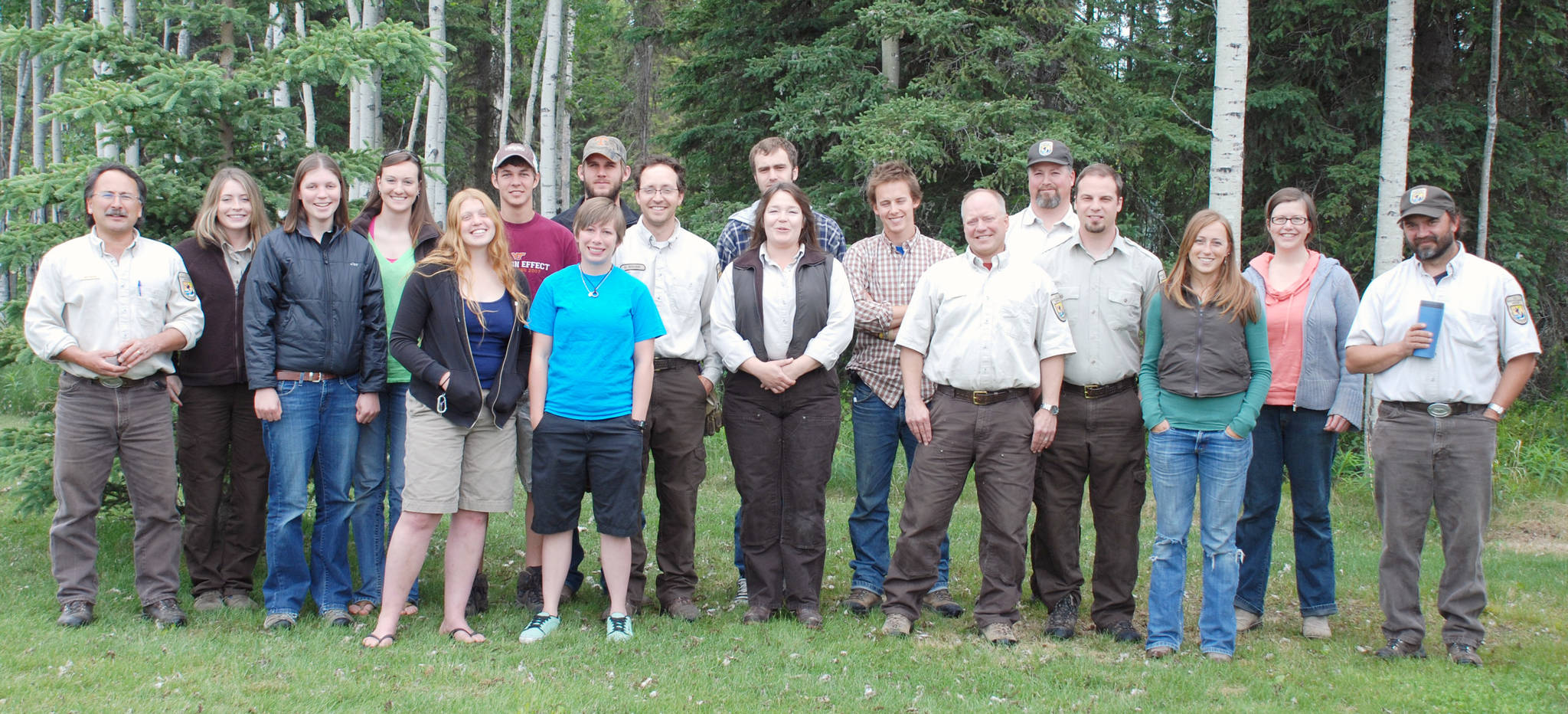In 1975, as a freshman in Wildlife Ecology at the University of Wisconsin, I was required to take a weekly no-credit orientation seminar during my first semester. Dr. Orrin Rongstad, a well-known deer researcher, spent the first few weeks introducing my incoming class to our chosen field.
It all sounded wonderful until he did us the favor of sharing the lousy employment statistics, saying, “I don’t want you whining at the end of four years that you can’t get a job.” He told us right then and there that most of us were unlikely to make a living as wildlife biologists.
Sure enough, I had a low point in my career shortly after graduating that reminded me of his prophetic admonition. As a temporary-hire janitor, I found myself late at night polishing the office floors of the Wisconsin Department of Natural Resources, one of the agencies I had hoped to work for as a professional biologist. To add insult to injury, I was making $3.25 an hour.
But shortly after that, in 1980, I got my first job (albeit temporary) with the U.S. Fish and Wildlife Service. I wrote a significant portion of a 715-page “handbook” on techniques to reduce the impacts of navigation and channel maintenance on fish and wildlife of the Upper Mississippi River.
A bit later, I took my second USFWS job in California, where I worked on avian damage of vineyards in Napa Valley.
Then, in 1984, my third USFWS job brought me to Alaska for the first time to work on the Section 1002 studies of the arctic coastal plain. I thought I had died and gone to heaven. We radio-collared wolves, grizzly bears and musk ox. We caught molting oldsquaw ducks with underwater mist-nets in Beaufort Sea lagoons. We jumped out of helicopters to tackle and collar day-old caribou calves.
And so I committed to returning to graduate school to get my masters and, eventually, my doctorate degrees. Along the way, I worked for the USFWS on the Yukon-Kuskokwim Delta, on Assateague Island off the Virginia coast, in tidewater Maryland, and on the Mariana Islands in the western Pacific.
I lived at the base of a lighthouse on a barrier island to study wintering sanderlings. I drove a USFWS rig for 2,200 miles from Wisconsin to Colima, Mexico, (and back!) to help study hook-billed kites.
I chased Mariana crows through jungles on Guam and Rota dressed in camouflage, wielding machete and binoculars. I banded egrets and pelicans on islands in the Chesapeake Bay. This is great stuff if you’ve ever aspired to be a wildlife biologist.
Now, after 32 years with the USFWS, including 17 years as the Supervisory Biologist at Kenai National Wildlife Refuge, I retired earlier this week.
I’m proud of the refuge’s biology program. It is one of the best in the National Wildlife Refuge System, with technical expertise uncommon among field stations in land management agencies.
Our permanent staff includes a landscape ecologist, a “techie” ecologist, an entomologist, a big game pilot-biologist, and a subsistence/permit biologist who knows his birds.
Perhaps 100 undergraduate interns and more than a dozen graduate students have passed through our program during my tenure.
The breadth of topics we’ve addressed over the years is astounding: historic rates of spruce bark beetle outbreaks and wildfire (and their effects); climate change effects on rising treeline and drying wetlands; post-1964-earthquake vegetation change on Chickaloon Flats; local perspectives on bears; earthworm invasions; population estimates for brown bears, moose, sheep, goats, wolverines and swans; soundscape modeling; Kenai Lowland colonization by American marten; dioxin in utility poles; climate envelope models of changing landcover and species distributions; drones for mapping habitats and monitoring wildlife populations; invasive plant management; and wildlife underpasses.
There are three refuge endeavors I take the most pride in, in part because my full staff was needed to make them happen.
In 2004, we launched an inventory to assess the diversity of birds, plants and insects across the 2-million-acre refuge. This effort yielded 1,200 species, but it spawned the use of a new genetic method called next generation sequencing that pushed the number of species we now know occur on the refuge to well over 2,200!
Estimation of the Kenai brown bear population in 2010 was risky in that we were spending big bucks to keep two helicopters airborne for 31 consecutive days over 4 million acres − and I wasn’t completely certain it was going to work!
And our field crews stationed in Soldotna and Moose Pass were exposed to the safety risks inherent with using helicopters and visiting sites that bears were also visiting to leave their hair (and DNA). But it all worked out and we now know 600 brown bears existed on the peninsula that summer.
In more recent years, we’ve also worked hard at not only figuring out the ecological effects of a warming climate on our fish and wildlife, but what’s needed to help them adapt. In 2011, this work earned my staff the USFWS’s Rachel Carson Award for Scientific Excellence. Today, our work is used as a case study by others thinking about adaptation to climate change.
As I walk away from the USFWS, I appreciate how fortunate I’ve been to beat the odds that Dr. Rongstad laid out 45 years ago. What a great career and lifestyle I’ve been blessed with. But it’s been the opportunity to work with others who feel as strongly about conservation that has been an absolute privilege.
Dr. John Morton was the supervisory biologist at Kenai National Wildlife Refuge from 2002-2019. Find more Refuge Notebook articles (1999-present) at https://www.fws.gov/Refuge/Kenai/community/Refuge_notebook.html.

